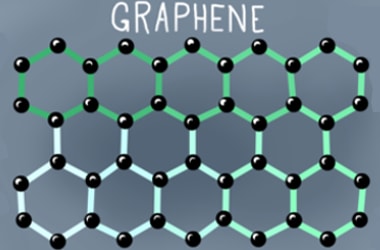
Researchers have developed a graphene-based sieve capable of removing salt from seawater, an advance that may provide clean drinking water for millions of people.
When immersed in water, graphene-oxide membranes become slightly swollen and smaller salts flow through the membrane along with water, while larger ions or molecules are blocked.
Researchers have now successfully developed graphene membranes and found a strategy to avoid the swelling of the membrane when exposed to water.
The pore size in the membrane can be precisely controlled, which can sieve common salts out of salty water and make it safe to drink.
When the common salts are dissolved in water, they always form a ‘shell’ of water molecules around the salt molecules.
This allows the tiny capillaries of the graphene-oxide membranes to block the salt from flowing along with the water.
Water molecules are able to pass through the membrane barrier and flow anomalously fast which is ideal for application of these membranes for desalination, researchers said.
Realisation of scalable membranes with uniform pore size down to atomic scale is a significant step forward and will open new possibilities for improving the efficiency of desalination technology according to Professor Rahul Nair, University of Manchester.
The membranes are not only useful for desalination, but the atomic scale tunability of the pore size also opens new opportunity to fabricate membranes with on-demand filtration capable of filtering out ions according to their sizes.